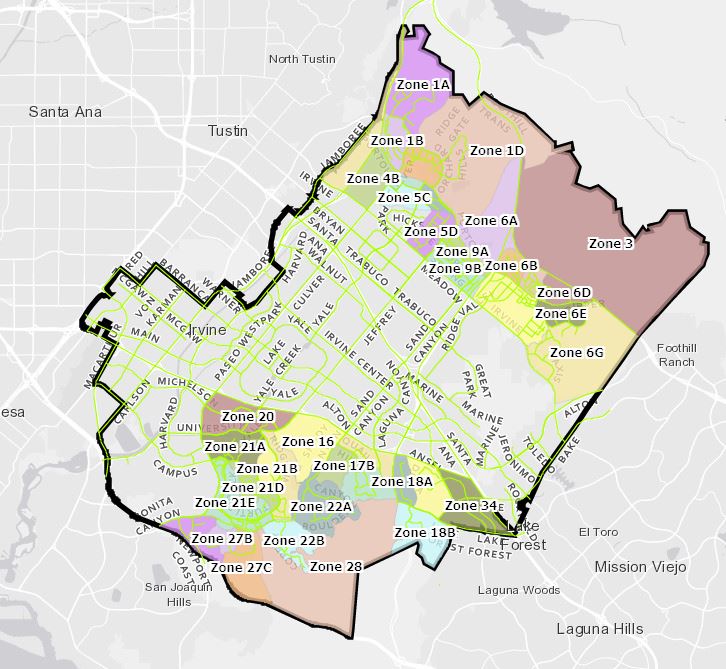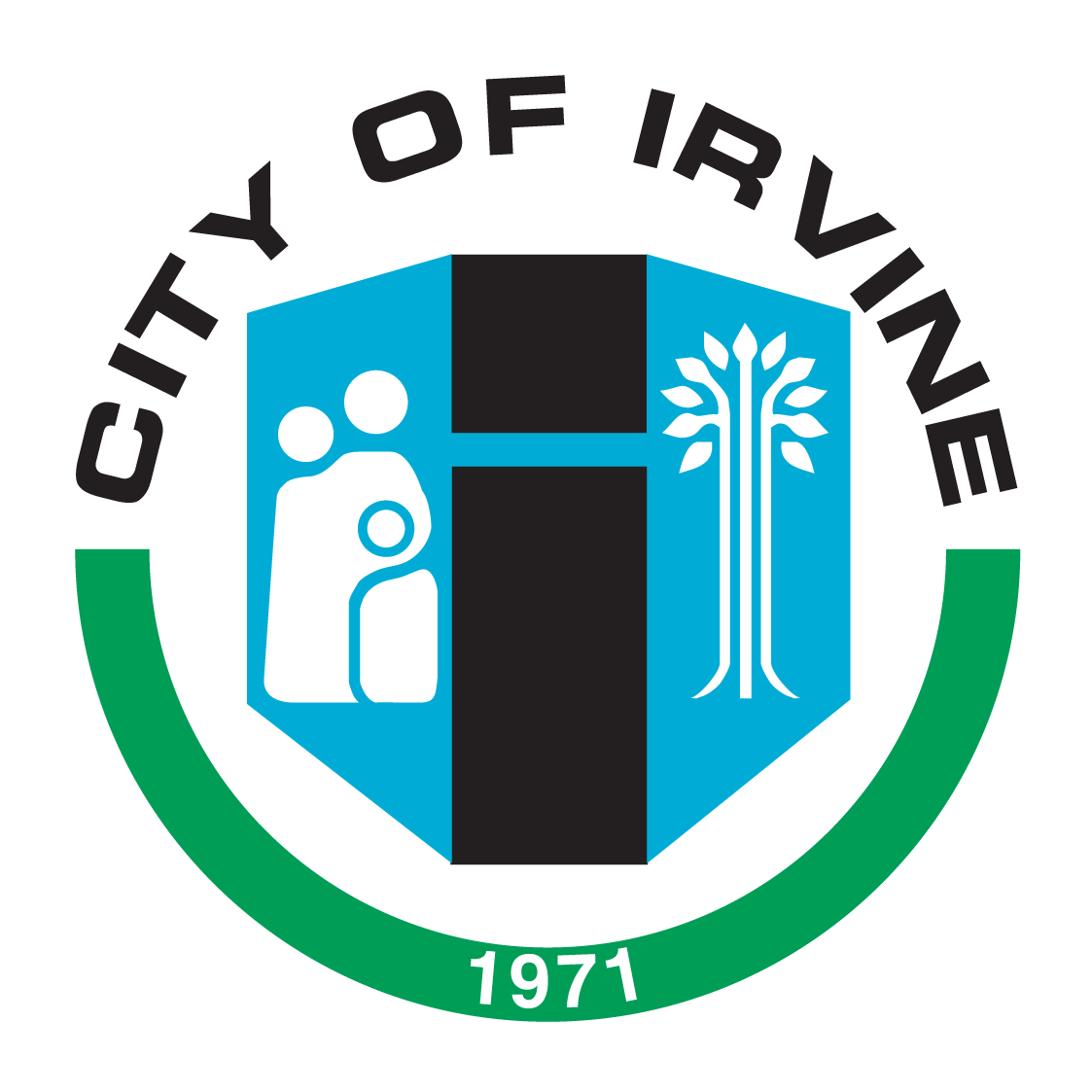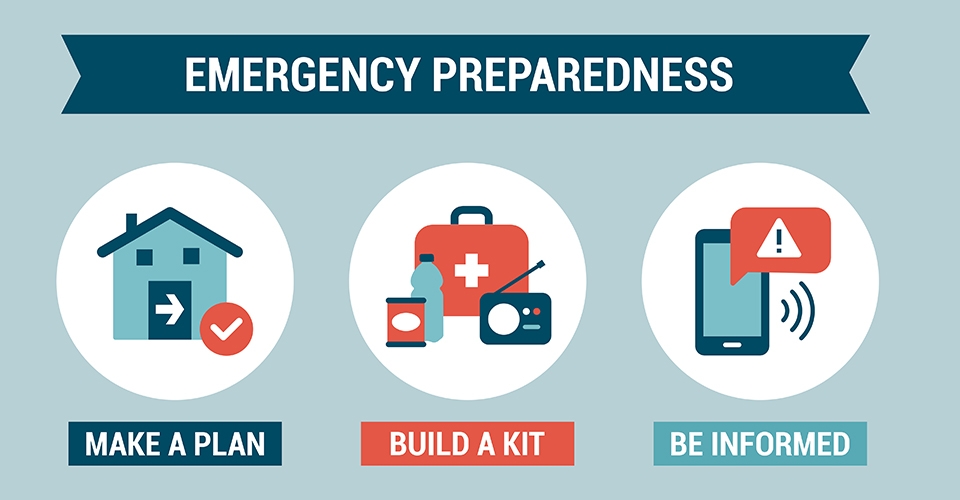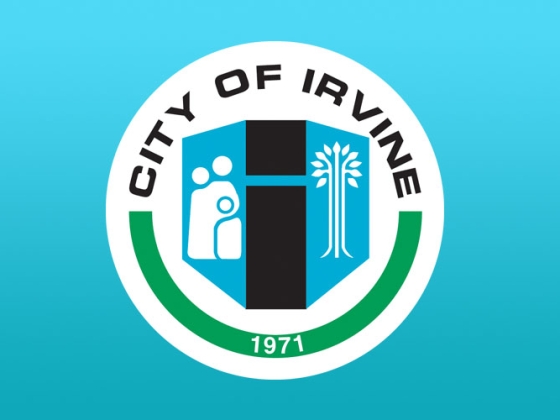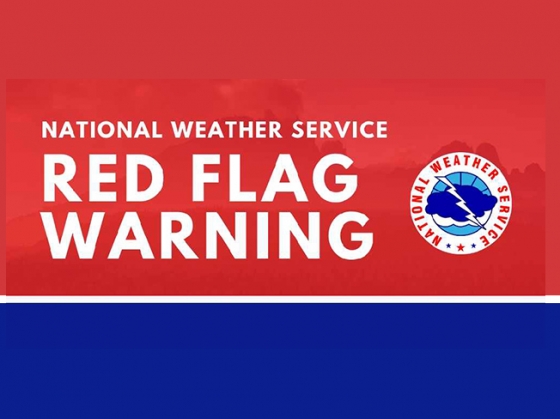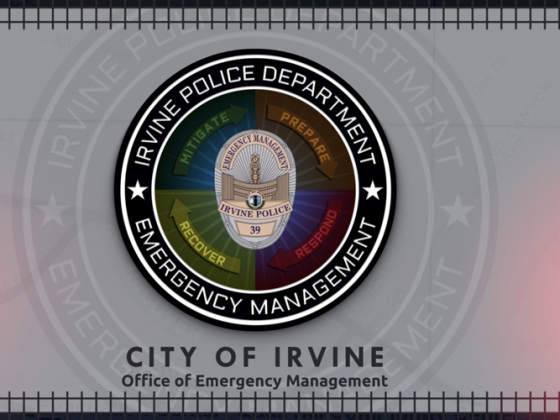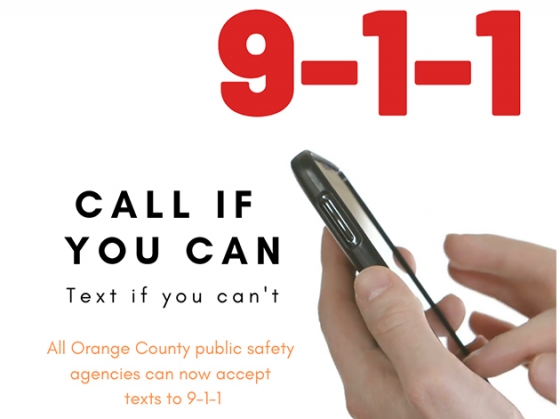The Irvine Police Department Office of Emergency Management recommends all citizens to be prepared for all emergencies. Emergencies and disasters can strike quickly and without warning. You may be forced to evacuate your neighborhood or be confined to your home.
Local first responders will be mobilized, but cannot reach everyone in our City right away. What would you do if basic services - water, natural gas, electricity, landline and cellular telephones - were cut off? You can cope with disaster by preparing in advance. Here are some steps that can make you better prepared for all hazards which may impact our community.
Community Disaster Resiliency Survey
In recognition of National Preparedness Month, the City of Irvine has launched a Community Disaster Resiliency Survey to gain a better understanding of residents’ preparedness ahead of a disaster.
The survey is intended for Irvine residents only. It will offer insight into residents’ awareness of emergency alert methods and evacuation zones, as well as their overall readiness for emergencies such as earthquakes, wildfires, power outages, and other disasters. Results from the survey will be used to improve disaster planning and tailor outreach, education, and training to meet community needs.
Residents are encouraged to take the survey to help shape outreach and preparedness activities.
Prepare Irvine
In times of disaster, a trained and informed public is better prepared to protect themselves, their families, their workplace and their neighbors. The City of Irvine is ready to educate your group and will send a trained Instructor from Prepare Irvine to your location for a 60-minute presentation.
Topics include general disaster preparedness, city and county hazards, earthquake safety and preparedness, emergency alert systems, reunification planning, and how to assemble an emergency kit.
Irvine groups eligible to receive a presentation include:
- Childcare providers
- Irvine businesses
- Community organizations
- PTA groups
- Faith-based groups/places of worship
- Public and private schools
- Homeowners Associations
- Senior groups
Please complete the Request for Presentation Form to book your Prepare Irvine presentation. For questions, email Prepare Irvine.
How to Prepare for Emergencies
Get Informed Make a Plan Assemble Disaster Supply Kits
Evacuation Plan Evacuation Zone Map
Emergency Preparedness in the Home
Emotional & Psychological First Aid
Emergency Planning for Persons with Disabilities
Emergency Preparedness for Pets
Disasters & Children
Children depend on daily routines which may be disrupted in a disaster. Children will also depend on adults for protection, reassurance, and guidance. Their vivid imaginations will feed into their fears. Food and water shortages will affect them disproportionately when compared to adults. During and after a disaster event, children are afraid that:
- The event will occur again
- Someone close to them will be injured or killed
- They will be separated from their family
- They will be left alone
- They will be hurt or experience pain
- They somehow caused any damage, injury, or loss that occurred to the family
Nightmares become more common in children experiencing a disaster, and normal sleep patterns will be disrupted. Many children deal with these events by reenacting them in their play.
Best Practices for Children in Disasters:
- Teach children the importance of wearing shoes when debris is present, avoiding electrical lines, and flooded areas.
- Prepare a disaster kit for children including a few of their favorite items – stuffed toy, playing cards, games, coloring books, etc.
- Provide each young child with ID bracelets or necklaces with vital information including any critical medical needs.
- Have extra medication on hand for children with asthma, diabetes, or other chronic diseases.
- Teach school-age children basic first aid – cleaning of wounds, basic dressing techniques
- Teach children to recognize danger signs – smoke detector alarms, fire alarms, avoiding downed power lines, staying away from stray animals, and to recognize local community warning systems.
- Teach children how and when to call for help. In disasters 911 may not be available, and cell phones may not work. Teach children that this is to be expected and not to panic. Have agreed upon family assembly locations, both close to the home and on the perimeter of the neighborhood.
- Have children memorize their home phone number, parents’ names, and home address.
- Keep the family unit together as much as possible.
For more information, visit:
- American Academy of Pediatrics
- Federal Emergency Management Agency
- American Academy of Child & Adolescent Psychiatry
- American Red Cross
Emotional & Psychological First Aid
Disasters can bring about significant stress. This is especially true if you have experienced a previous disaster. The good news is that many people have experience coping with stressful life events and are naturally resilient—meaning we are designed to bounce back from difficult times. The Red Cross provides excellent information on how to recognize your current feelings and tips for taking care of the emotional health of you, your family and your friends. Each positive action you take can help you feel better and more in control.
For more information, visit The American Red Cross
Emergency Planning for Persons with Disabilities
When a disaster occurs, the first priority of disaster relief organizations and government agencies is to provide basic needs—food, water, and safe shelter—to everyone who needs them. Your personal needs, such as replacing medications, replacing adaptive equipment, restoring electricity for power-dependent equipment, and restoring your regular ways of support for daily living activities may not happen right away. It is important for everyone to be prepared to meet his or her own basic needs by storing food and water for a minimum of three days or more. Be ready to meet your specific disability related needs by storing sufficient oxygen, medications, battery power, etc., for at least seven days after a disaster. Knowing about disaster threats and being prepared are critical for staying self-sufficient after a disaster.
It is also important that you know how a disaster may affect your independence. Anticipate for your lowest level of functioning in your personal disaster plan. Your condition may become worse because of a lack of normally available resources. For example, people who do not need the aid of devices on a daily basis may need a wheelchair after a disaster. After a disaster, you may need to ask for assistance to do things you usually would have done independently such as putting your home back in order, filling out forms, or providing documentation and information to disaster relief agencies. A personal support network or buddy that knows your needs may anticipate some of them and make your recovery easier and less stressful.
For more information visit The American Red Cross
Emergency Preparedness for Pets
To millions of Americans, pets are considered members of the family; however, unlike people, pets are sometimes completely dependent on their owners. During an emergency or disaster, frightened animals will either hide in their favorite hiding spot or run away. This leaves them to fend for themselves in the wake of an emergency or major disaster.
The Irvine Police Emergency Management Bureau strongly encourages all pet owners to not forget to include their pets when making their emergency preparation plan. Make sure all members of the family are included in the planning and preparation for handling your pets during a disaster.
Animal Emergency Supply Kit:
Taking the time to include a pet emergency preparation plan and assemble an animal emergency supply kit will make the difference in the wake of a major disaster. Just like the rest of the members of your family, you should assemble your animal emergency supply kit with items to care for your pet for at least five days. Keep the items in your kit fresh by routinely recycling its contents on a monthly basis. The kit should be kept in close proximity to your family emergency supply kit and should contain the following items:
- Food: Keep at least five days of dry food in an airtight waterproof container
- Water: Store at least five days of water specifically for your pets in addition to the water you will need for yourself and your family.
- Medicines and medical records: Keep an extra supply of medicine for your pet in a waterproof container
- Collar with ID tag and leash: Your pet should wear a collar with its rabies tag and identification.
- Crate or pet carrier: For their own protection, pets should be transported in a crate or pet carrier. This will reduce the likelihood of them to wander or run away if panicked.
- Photograph: Keep with your pet, preferably on the carrier or crate, a photograph of yourself with your pet. Write on the back of the photograph the date it was taken, and detailed information about the species, breed, sex, color, and other distinguishing features.
What else can I do to prepare my pet for emergencies?
For more information about emergency preparedness planning for your pets, please visit the links below:
- Federal Emergency Management Agency (FEMA)
- American Veterinary Medical Association (AVMA)
- The Humane Society of the United States
- American Society for the Prevention of Cruelty to Animals (ASPCA)
Drowning Prevention
Drowning is a serious problem in the U.S. Home pool drowning is a leading cause of death for children younger than 5. Children were often out of sight less than 5 minutes and under the care of one or both parents at the time of many home pool drownings.
Owning a pool or hot tub comes with many responsibilities. These include taking steps for proper operation, such as keeping the water clean and at an appropriate temperature. Responsible ownership also includes taking steps for safe use, such as providing layers of protection:
A pool or hot tub is only as safe as its weakest link:
- Keep children under active supervision.
- Secure your pool or hot tub with appropriate barriers.
- Remove any structures that provide unsupervised access.
- Establish and enforce rules.
- Make sure everyone knows how to swim well.
- Know how to respond in an emergency.
For more information on home swimming pools, spas, and drowning prevention visit the Orange County Fire Authority Drowning Prevention.

